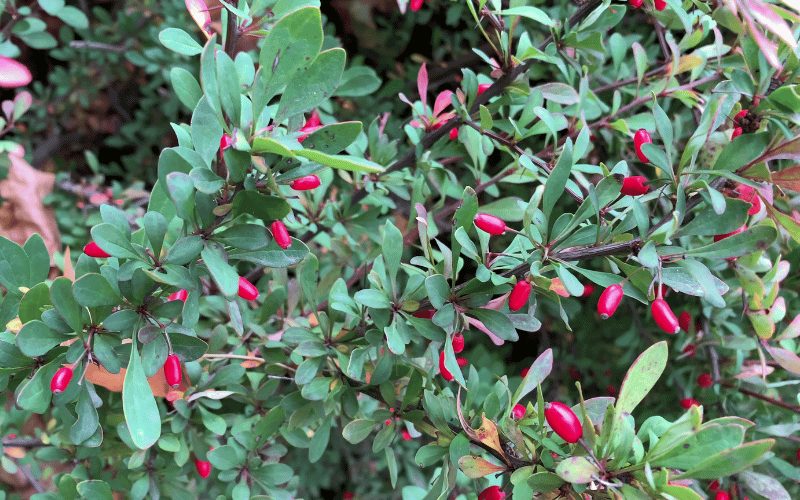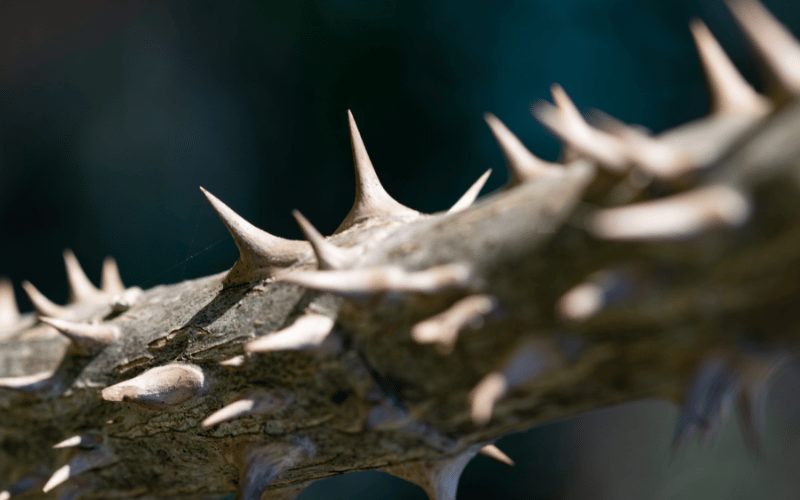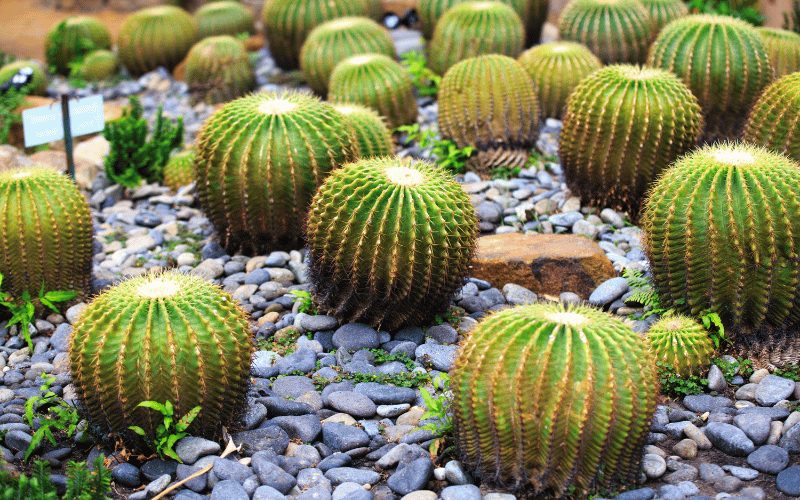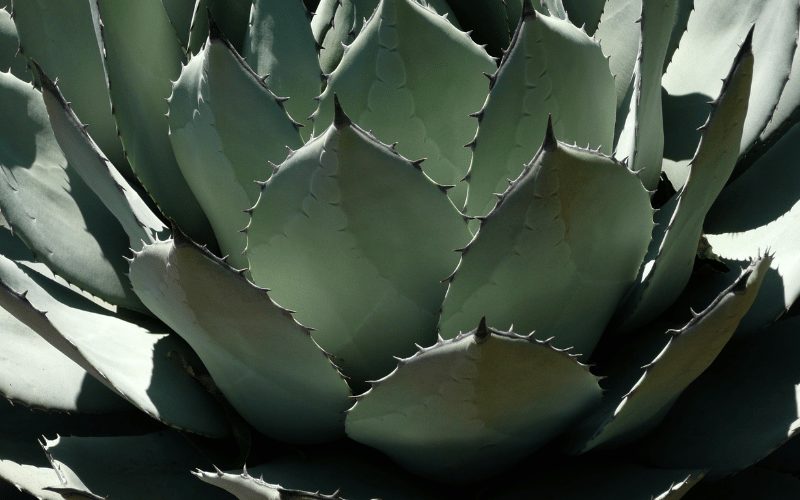Landscaping for Security and Privacy

Every rose has its thorn—making it an ideal plant to include in your home’s landscaping for security purposes.
The rose is not alone in serving the dual purpose of adding beauty while also deterring potential criminals. Many plants and bushes are ideal to locate in front of your windows and other vulnerable spots on the exterior of your home. Which ones are the right choice depends on what climate you live in as well as the aesthetic you’re looking to create in your yard. Thorny plants not only pose the threat of injury, but can also offer important evidence if a crime occurs by snagging skin, drawing blood, and tearing off pieces of clothing. That’s why burglars know to stay away.
Whether you’re a master gardener or are barely scraping the topsoil, designing your landscaping for security is a DIY project that gets a big green thumbs up. Below, find some suggestions for crime-deterring plants that might be “ripe” for use in your region.
Know Your Hardiness Zone
The U.S. Department of Agriculture offers a map of hardiness zones for perennials, determined by the region’s lowest average annual temperature. After all, if a plant can’t survive that, you’ll need to repurchase and replant next year.

USDA Plant Hardiness Zone Map, 2023. Agricultural Research Service, U.S. Department of Agriculture. Accessed from https://planthardiness.ars.usda.gov/
Zones are labeled 1a through 13b, with an associated lowest “tolerable” temperature. You’ll see these zone numbers on plants at your local landscaping company or garden center. Zone 1a, for example, exists at the top of some of the most northern states, such as Minnesota, North Dakota, and Montana. Plants there need to withstand temperatures that hit –55 to –60°F. On the other end of the spectrum is zone 13b, with an average low temperature of 65 to 70°F in parts of Puerto Rico.
Most of the contiguous United States falls somewhere in the middle of these two extremes. The USDA’s interactive map makes it very easy to learn exactly what zone you live in. Simply enter your home ZIP code to find your hardiness zone.
Home Security Landscaping: Pick to Prickle
Once you know your hardiness zone, you can choose which plants can become part of your security plan. Good contenders will have dense, thick foliage for privacy and thorns or prickers for a surprise “attack” against anyone who gets too close.
Zone 4: Barberry (Berberis)

Barberry can become your property’s new best friend. It’s shade tolerant, drought resistant, and hardy, requiring little maintenance. The genus Berberis offers more than 400 options of evergreen and deciduous shrubs ranging from three to 10 feet tall. This plant can work well next to the house or on the perimeter of your property. It will take time for your hedge to grow, so look for a fast-growing variety if you want quick results.
Zones 4 to 9: Devil’s Walking Stick (Aralia Spinosa)

The aptly named Devil’s Walking Stick is an excellent choice here. It features dense spikes on its branches and stems. It’s fast-growing and seeds quickly, so it should be planted away from the house as it will spread rapidly. Get a good pair of gloves to handle this thorny plant!
Zones 5 to 9: Holly

Common holly is a great choice for these zones, easy to grow in full sun or part shade. It grows quickly and, with regular pruning, can create a formidable spiny barrier. Be sure to consult with the experts at the gardening center as some holly plants produce berries that can be toxic to humans and pets.
As a fun bonus, you’ll have built-in holiday decorations when winter rolls around!
Zones 9 to 11: Barrel Cactus

These zones are ideal to incorporate a barrel cactus into your landscape design. Be mindful of where you position these if you have children or pets. Smaller versions can be great additions to a window box in addition to being planted in the soil. As expected, the barrel cactus needs a lot of sun and very little water. Be careful if frost threatens, however, as it can only tolerate a few days of this.
Zones 8 to 11: Agave

Check out an agave plant, a spiky succulent that thrives on lots of sun and is drought-tolerant. If you choose this plant, you’ll also need to invest in safety glasses and protective clothing when you’re pruning. The juices can cause severe irritation. Consider carefully whether you want to plant this outside your windows so it doesn’t prevent an emergency exit plan.
Zones 9 to 11: Roses

These are ideal places for those beautiful but threatening rose bushes to take up residence. It’s best to plant rose bushes when temperatures are between 40 and 60 degrees after the freezing temperatures of the season are behind you—often in late April or early May, depending on the climate. These bushes need more water in the hotter months and are best watered early in the day before the heat climbs.
Making Your Security Landscaping Plan
Choosing the right plants can be a balance of beauty and the beast. Some plants are more functional, while others produce gorgeous blooms and berries. Consider layering your spiky landscape choices with taller ones in the back and shorter ones in the front. If you have a fence, consider trailing spiky vines over it to prevent even gloved intruders from scaling it.
In all cases, be sure to care for your plants. That way, they stay healthy and keep intruders at bay. Nothing screams “check me out” to a burglar like an unkempt yard. Your maintenance plan should include trimming tree branches so an intruder can’t climb up to a second-floor window. Low-hanging branches might also prevent you from seeing someone lurking in your yard. Aim to have at least four feet of clearance between the tallest shrub and the lowest tree branch.
Landscaping for Security Is Only Part of a Full-Fledged Security Plan
It’s important to choose and properly plant the right trees, bushes, succulents, and other plants to provide a natural protective barrier. But that’s just one part of the equation. To make your yard unappealing to criminals, consider the following:
- Add lights! Install motion-activated security floodlights throughout your property. Line walkways, paths, and driveways with small solar lights. Consider spotlighting or uplighting plants, especially in the corners of your property or otherwise dark areas.
- Avoid large decorative stones. These can make it easier for criminals to climb over fences.
- Similarly, don’t place trellises against your home’s walls. This is an invitation to criminals to climb.
- Installing a fence can be an excellent way to protect your home’s perimeter. The right fence adds security, privacy, and style. Opt for colors and materials that mesh with your design.
- Create a natural privacy wall with hedging. It’s important to maintain hedges. Otherwise, they get so dense that they become hiding places for intruders.
- Remove any other “hiding places” in the yard, like decorative walls, that prohibit you from seeing if someone is lurking outside.
- Position security cameras in opportune locations for full coverage of your property. Make sure tree branches and other foliage don’t block critical views.
Collectively, these are all important parts of home security landscaping. Start from the ground up to make your yard both a beautiful haven and a mighty defender of your home.
And for unbeatable security you don’t have to water, turn to Deep Sentinel. The powerful video surveillance system uses a combination of artificial intelligence, security camera monitoring, and live intervention to stop crime at your property line. It’s hands-off protection that keeps you safe day and night.
Need a Solution that Prevents Crime?
Deep Sentinel is the only security technology that delivers the experience of a personal guard on every customer’s home and business. Call 833.983.6006 for your free security consultation.

